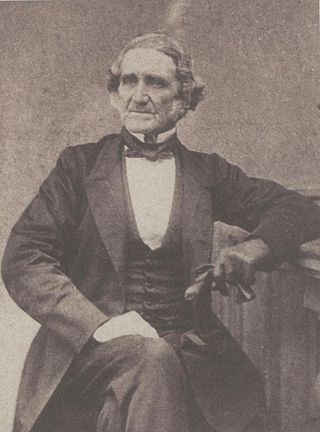
The Union-Castle Line was a British shipping line that operated a fleet of passenger liners and cargo ships between Europe and Africa from 1900 to 1977. It was formed from the merger of the Union Line and Castle Shipping Line.

John Xavier Merriman was the last prime minister of the Cape Colony before the formation of the Union of South Africa in 1910.

The mass media in South Africa has a large mass media sector and is one of Africa's major media centres. While South Africa's many broadcasters and publications reflect the diversity of the population as a whole, the most commonly used language is English. However, all ten other official languages are represented to some extent or another. Afrikaans is the second most commonly used language, especially in the publishing sector.

The Cape Argus is a daily newspaper co-founded in 1857 by Saul Solomon and published by Sekunjalo in Cape Town, South Africa. It is commonly referred to as The Argus.

Sir Christoffel Joseph Brand was a Cape jurist, politician, statesman and first Speaker of the Legislative Assembly of the Cape Colony.

Sir John Gordon Sprigg, was an English-born colonial administrator and politician who served as prime minister of the Cape Colony on four different occasions.

Sir John Charles Molteno was a soldier, businessman, champion of responsible government and the first Prime Minister of the Cape Colony.

John Fairbairn was a newspaper proprietor, educator, financier and politician of the Cape Colony.

Cookhouse is a small village located in Eastern Cape province, South Africa, some 170 kilometres (110 mi) north of Port Elizabeth and 24 kilometres (15 mi) east of Somerset East, on the west bank of the Great Fish River.

Hercules Crosse Jarvis MLC, MLA, was a mayor of Cape Town and a powerful merchant of the Cape Colony.

John Charles Molteno Jr. M.L.A., was a South African exporter and Member of Parliament.

William Porter was attorney-general of the Cape Colony and a drafter of its first constitution in 1854.

The Parliament of the Cape of Good Hope functioned as the legislature of the Cape Colony, from its founding in 1853, until the creation of the Union of South Africa in 1910, when it was dissolved and the Parliament of South Africa was established. It consisted of the House of Assembly and the legislative council.

Robert Godlonton (1794–1884) was an influential politician of the Cape Colony. He was an 1820 Settler, who developed the press of the Eastern Cape and led the Eastern Cape separatist movement as a representative in the Cape's Legislative Council.
The following is a timeline of the history of Cape Town in the Western Cape province of South Africa.
De Zuid-Afrikaan was a nineteenth-century Dutch language newspaper based in Cape Town that circulated throughout the Cape Colony, published between 1830 and 1930.

The Australian was an English-language newspaper published in Sydney, Australia.

The Zingari was an early weekly newspaper of the Cape Colony, which printed in Cape Town from 1870 until 1875. It was a low-brow, semi-humorous paper that never attained a wide circulation, but was notable for featuring some of the first satirical cartoons in southern Africa. It was also an overtly pro-imperialist publication, appealing to the right-wing of the political spectrum of the time.

Richard William ("RW") Murray Snr. (1819-1908) was a journalist, editor, newspaper proprietor and politician of the Cape Colony.
Fredrick Stephanus Watermeyer, informally known simply as "Fred" or "Frank", was a journalist, advocate and a prominent Member of the Cape Legislative Assembly.




















